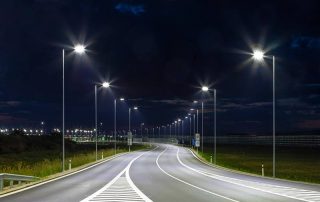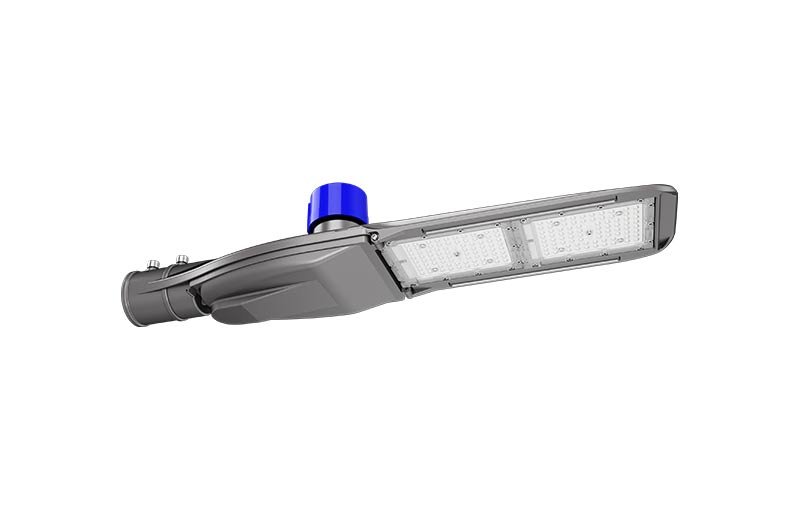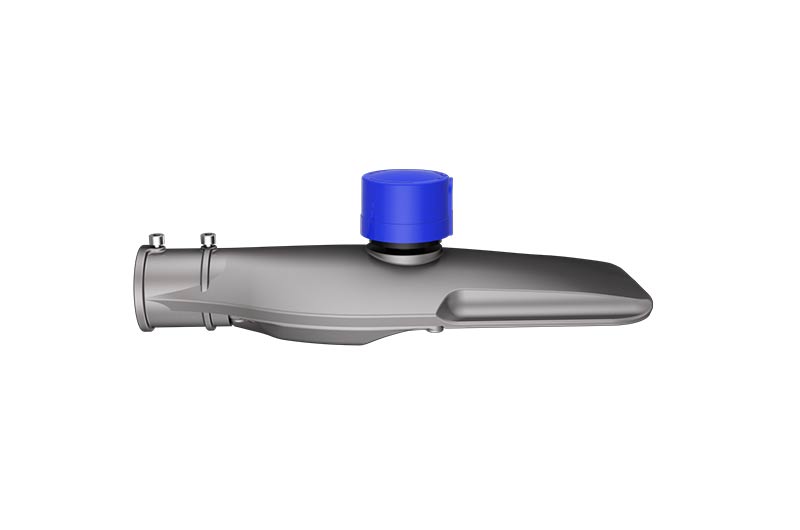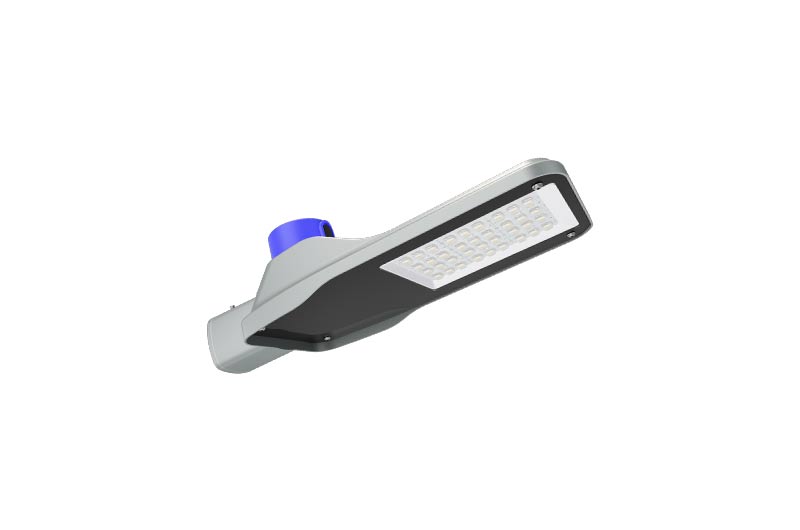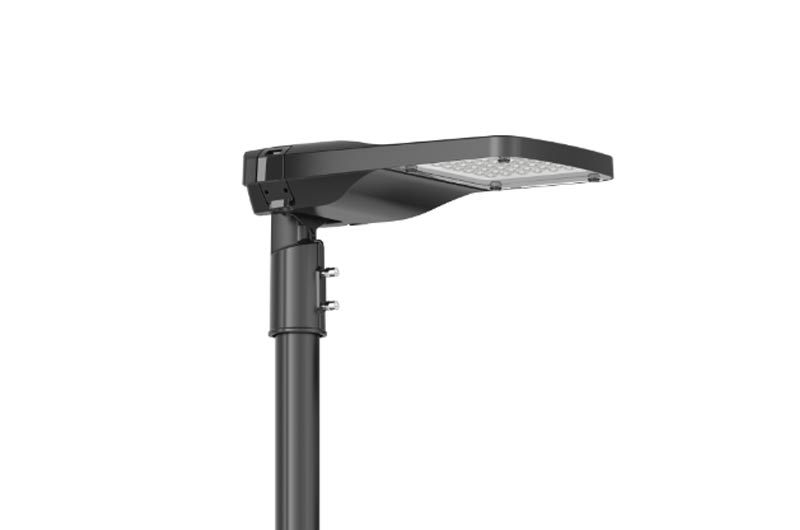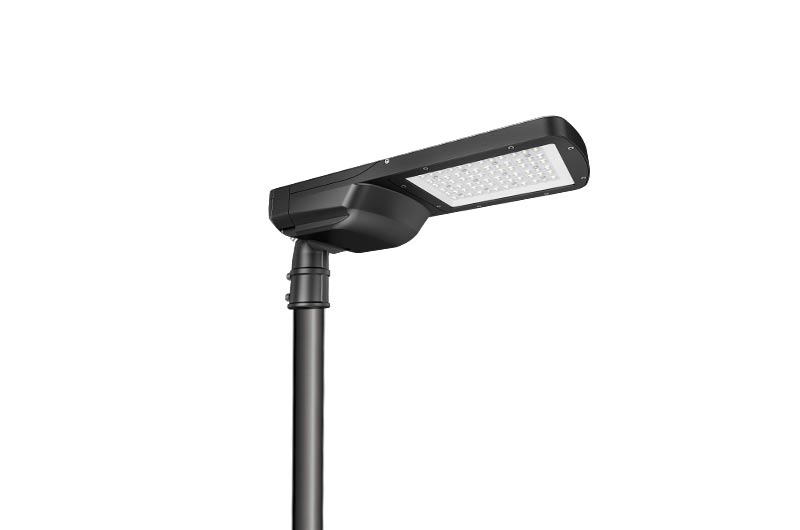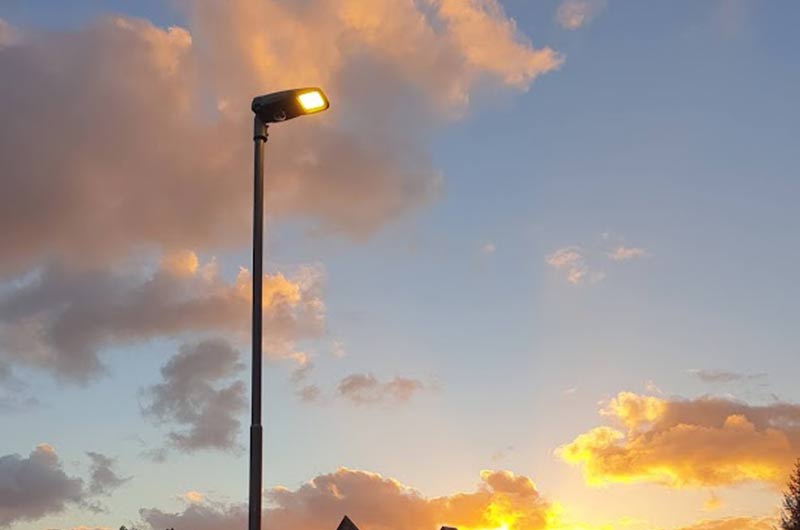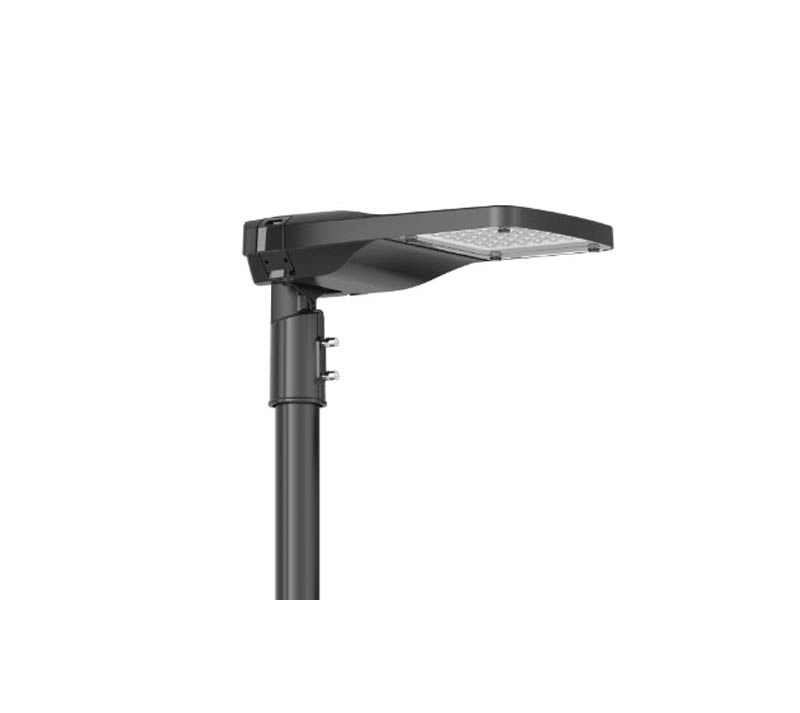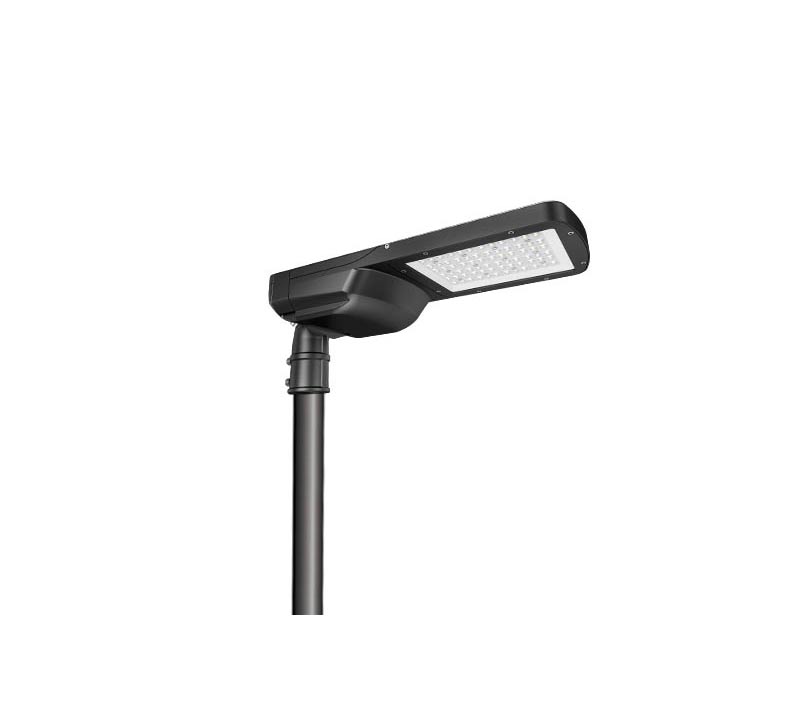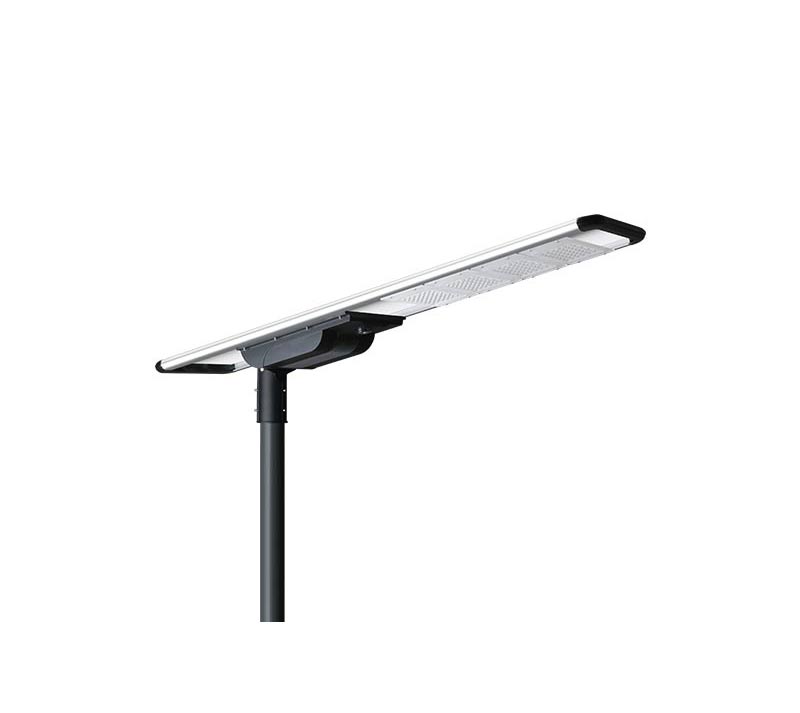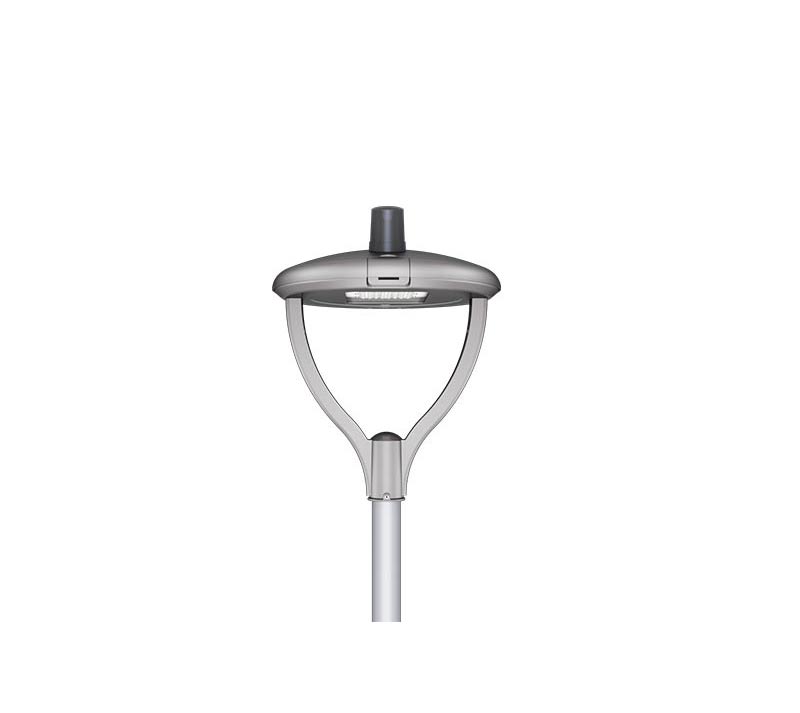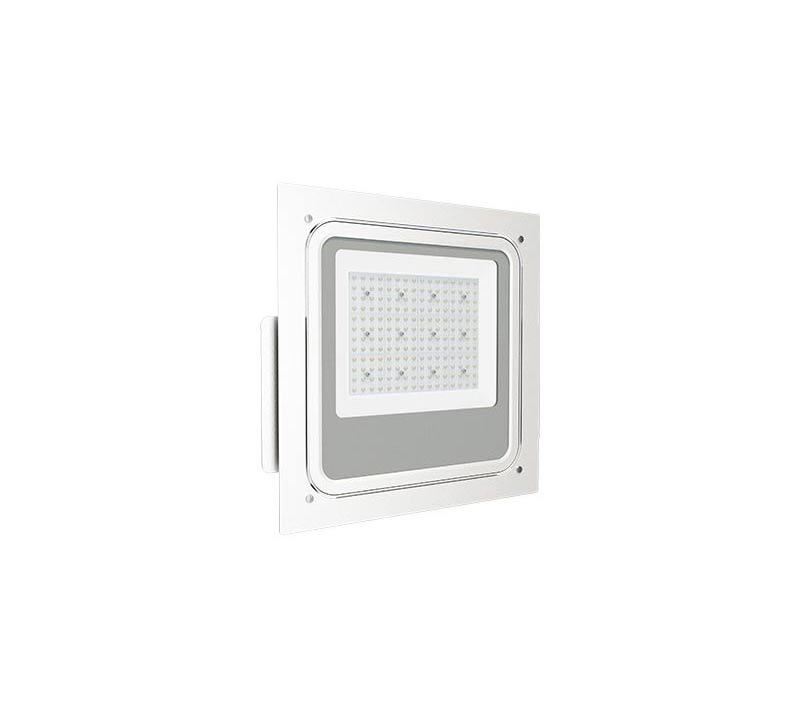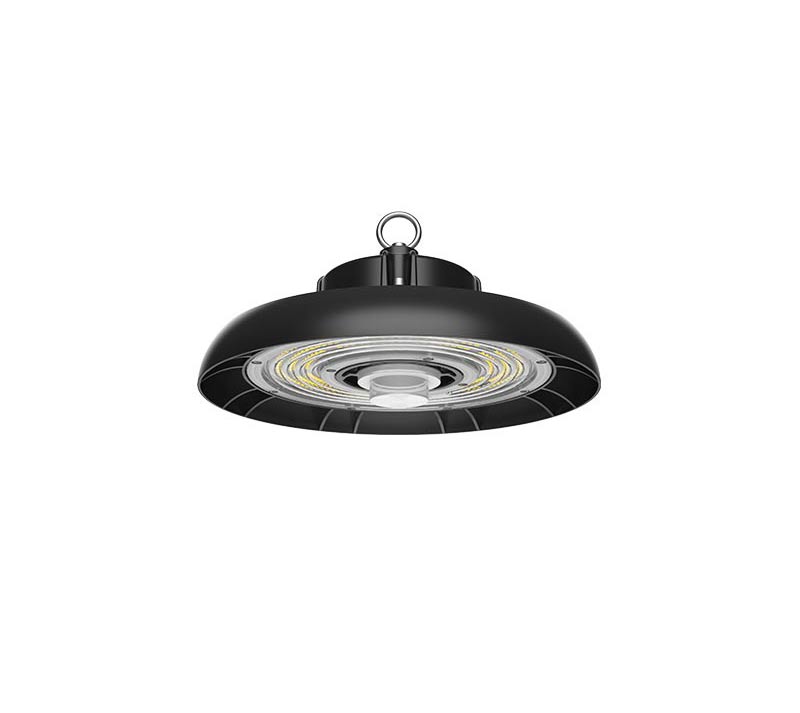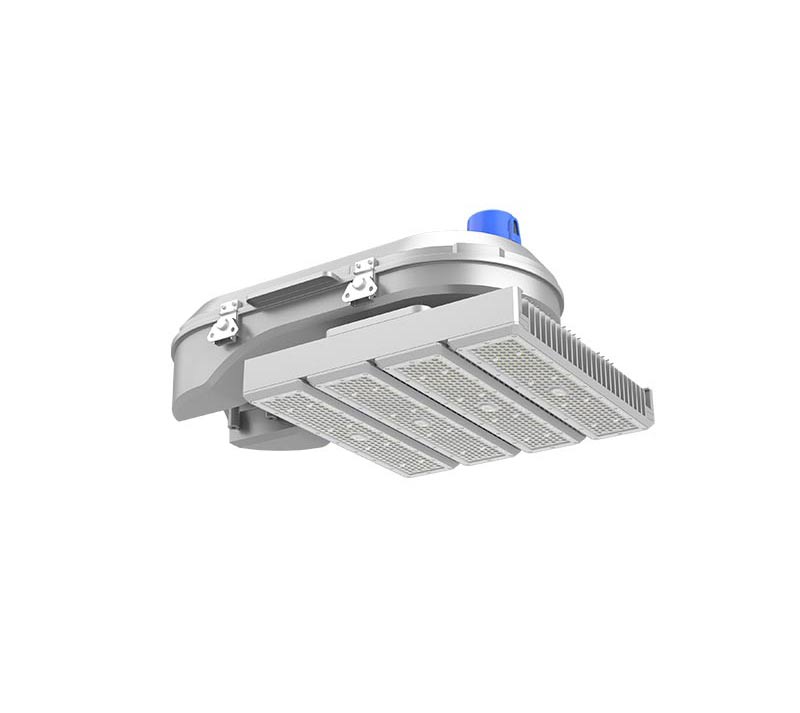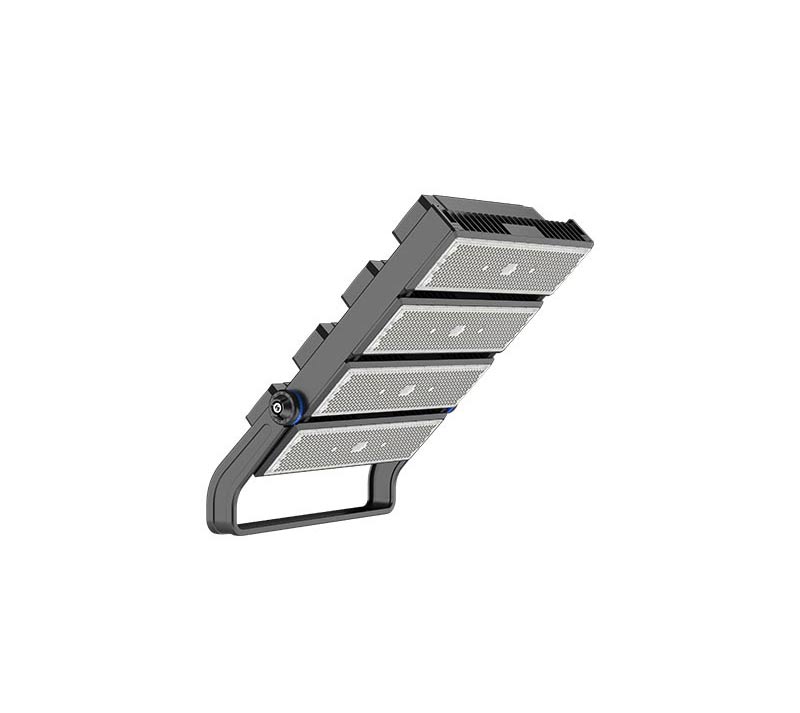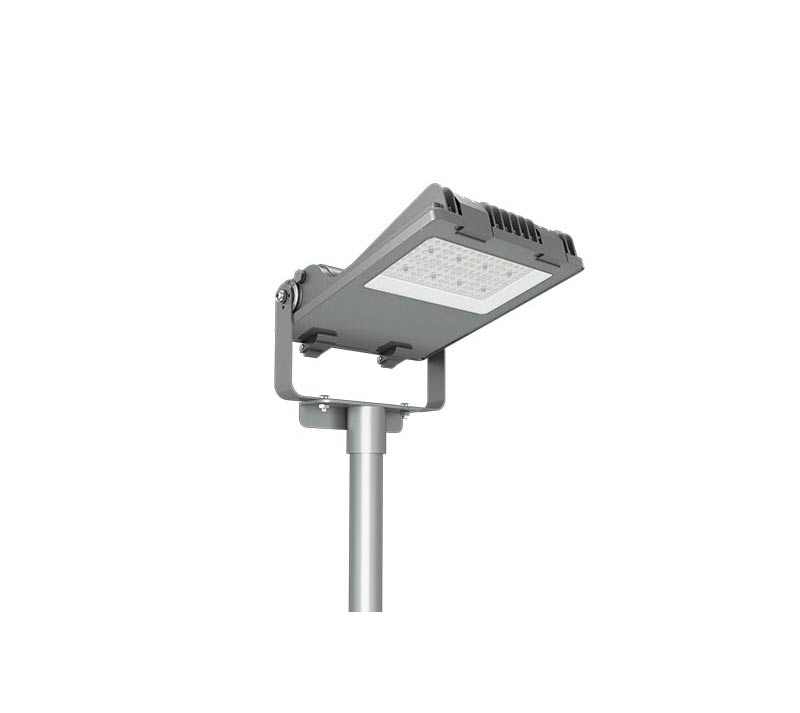8 Important Facts About LED Street Lights with Daylight Sensor
By Alice
Published On: September 27, 2023
Table of Contents
In today’s modern society, the pursuit of energy-saving measures continually evolves to align with technological advancements, striving for intelligent and efficient solutions. To remain at the forefront, it becomes crucial to adopt energy-saving strategies.
In the context of outdoor lighting, such as LED street lights, precise illumination control plays a pivotal role. This entails the integration of LED street lights and smart controllers from various suppliers into an optimal lighting solution. However, there exists a challenge due to the information asymmetry between both parties in the technical domain. Lighting project engineers are susceptible to recommending schemes that serve their interests, possibly driven by financial gains, reducing excess inventory, or maximizing profits. Unfortunately, this might not align with your best interests and could result in additional financial burdens.
Accurate control of lighting systems opens up opportunities for energy savings, cost reduction, and integrated management. Being informed about these pertinent details, as well as understanding how LED street lights work with photocells, becomes essential in making informed choices for your lighting projects and protecting yourself from potential pitfalls. Here, we present eight key insights about LED street lights and photocells that you should be aware of.
Streetlights are a fundamental element of urban lighting projects. During the night, they play a vital role in illuminating our surroundings. Traditional street lamps are steadily giving way to LED street lights due to their extensive adoption, driven by their exceptional luminous efficiency, prolonged lifespan, minimal energy consumption, and straightforward installation.
1. Street Light Application Status
2. Advantages for LED street lights with photocells
2.1 Specific
In the past, streetlight control involved centralized management for entire areas or rows of lights. As society places a greater emphasis on energy conservation and environmental protection, new expectations have arisen for streetlight control. Precision control is now in demand, enabling the management of each individual light. This entails not only the ability to control the status of streetlights but also understanding the operational condition of specific lights.
2.2 Intelligent
Modern control systems have the capability to intelligently monitor streetlights, automatically activating them when illumination is required and accurately switching them off when they are no longer needed.
2.3 Remote
Control systems now allow remote monitoring of streetlights through technologies like GPRS networks, the Internet, and power line carrier technology. Monitoring personnel can access real-time information about streetlight operations from anywhere, eliminating the need for on-site data acquisition and control.
2.4 Energy-saving
The primary objective of LED street light operation control is to maximize energy savings while ensuring basic illumination requirements are met, thereby achieving optimal energy conservation.
3. Photocells installed on LED street lights Should be easy to Maintain
An easy-to-maintain design is critical to the performance and long-term reliability of LED streetlights. Choosing a light control with a NEMA or ZHAGA pedestal interface is a very wise decision because they offer the following advantages:
3.1 Easy Installation and Maintenance
These chassis interface designs make installation of the light control very simple; it simply plugs in and is ready to use. This simplifies the initial installation and subsequent maintenance process, reducing the workload of the maintenance team.
3.2 Standardized Interfaces
NEMA and ZHAGA bases offer standardized interfaces, which means you can easily swap out light controls from different manufacturers without having to change bases or make additional adaptations. This interoperability helps simplify maintenance.
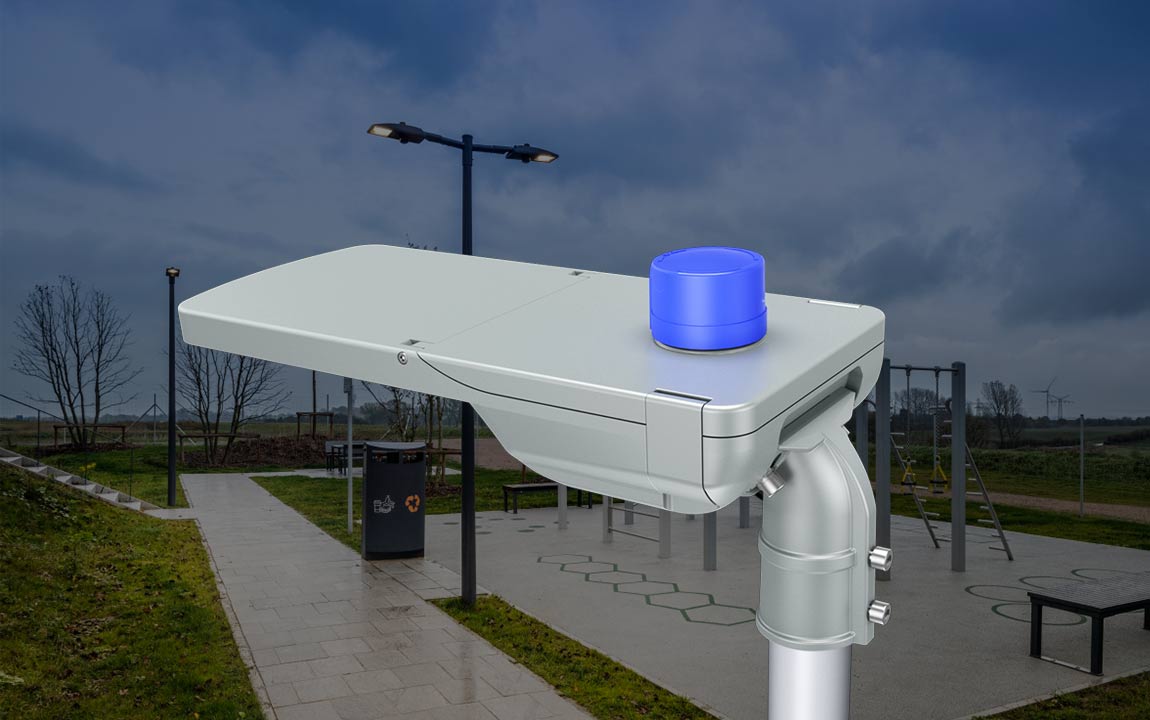
3.3 Future Expandability
Because these interfaces are standardized, you can replace, upgrade, or add light controls as needed in the future without having to replace the entire LED streetlight. This reduces long-term maintenance and upgrade costs.
3.4 Increased Reliability
Ensuring that light control devices are easy to maintain reduces downtime due to equipment failure. Maintenance personnel can more easily inspect, maintain, and replace optical controls to ensure the stable operation of streetlights.
Therefore, ensuring that light controls on LED streetlights are easy to maintain is a wise investment that can improve the reliability and long-term performance of your LED streetlight system, reduce maintenance costs, and ensure that the city’s lights stay on.
4. Limitations of Solely Relying on Time Control
Time control governs the on/off cycles of LED street lights based on predetermined schedules, often implemented through built-in timer controls. According to this approach, street lights activate or deactivate at specified times to conserve energy. This method works effectively when there is minimal variation in weather conditions during a given season. It aligns with the relatively consistent sunset and sunrise times characteristic of such periods, allowing the setting of streetlight switch times based on this predictable seasonal pattern.
However, seasons change with the passage of time. Although controller manufacturers have introduced time controllers that account for local variations in sunrise and sunset times, the transition from winter solstice to summer solstice results in the gradual postponement of the lights-on time and advancement of the lights-off time. Conversely, during the shift from summer solstice to winter solstice, the lights-on time advances, and the lights-off time delays. Despite these efforts, humans remain unable to predict changes in weather within specific time periods.
Weather fluctuations can alter the times of dusk and dawn, leading to scenarios where the street lights do not activate when it is already dark or fail to deactivate when it is daylight. Consequently, this approach still results in some degree of energy wastage. On days with varying weather conditions, there are noticeable discrepancies between the times the lights switch on and off, representing a significant drawback of relying solely on timer circuits for street lighting control.
5. Limitations of Solely Relying on Daylight Control
Daylight control operates based on the ambient illumination levels surrounding the street light. This method automatically activates and deactivates the light by sensing the illumination in the vicinity. Leveraging this automated control mechanism for street lights leads to significant and precise energy savings. Nevertheless, it is not without its shortcomings. Occasionally, external sources of light, such as lightning, flashlight beams, or headlights from vehicles, can introduce erroneous signals to the light sensor, causing it to send incorrect turn-off commands. Additionally, temporary shading caused by leaves or brief obstructions can trigger incorrect activation of the light, leading to unnecessary energy consumption.
6. The Scientific Basis of Photocells

Photocells are semiconductor light sensors characterized by their light-dependent resistance. They have the capability to transform light energy into electrical energy. When there is no light present, photocells typically possess high resistance, frequently measuring in the millions of ohms. Conversely, when exposed to light, their resistance undergoes a significant reduction, often reaching just a few hundred ohms. This lowered resistance facilitates an increased flow of electric current within the circuit.
7. Three Operational Modes of Photocells
Photocells provide three distinct operational modes that can be employed either independently or concurrently:
- Regular Time Control: This mode allows users to establish customized on/off schedules based on time.
- Daylight Control: Operating on pre-set light intensity thresholds, this mode regulates lighting in response to ambient light levels.
- Mixed Mode: Combining both time and daylight control, this mode offers advanced flexibility in determining illumination, with daylight control taking precedence over time-based settings.
The advanced mixed control mode is particularly popular due to its adaptability in optimizing energy efficiency and aligning lighting with energy-saving requirements.
8. The Core Functionality of LED Street Lights with Photocells
Premium outdoor LED street lights typically come equipped with factory-installed photocells, which facilitate automatic operation based on ambient light levels. Unlike traditional time controllers, photocells adapt seamlessly to seasonal variations in the day/night cycle without the need for manual adjustments. Some advanced photocells even offer adjustability, enabling users to fine-tune the desired light level to suit their local conditions precisely. This adaptable feature extends to various outdoor lighting applications, including garden lights, floodlights, and wall pack lights.
9. Conclusion
Understanding the fundamental role of LED street lights equipped with photocells and how they elevate street lighting systems offers valuable insights into energy conservation, empowering informed decisions when it comes to lighting solutions.
Author

Alice
Lighting Specialist
As a sales engineer at MK Lighting, I have been in the LED lights industry for more than 13 years. Good at lighting design, light system configuration, and bidding technology support. Feel free to contact us. I’m happy to provide you with the best service and products.




